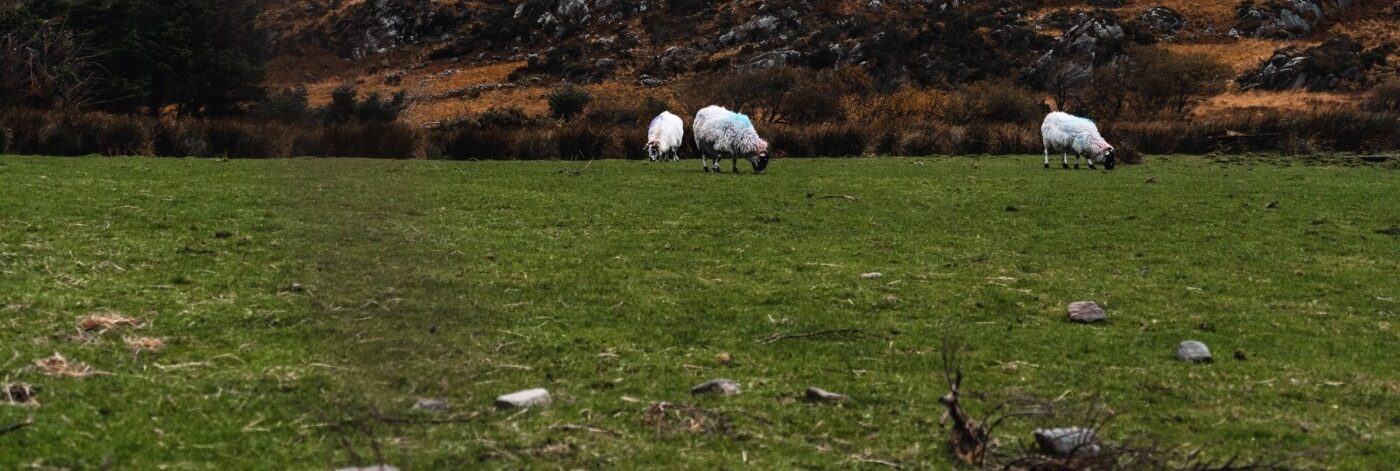Celebrating St Patrick’s Day through literature
In celebrating the iconic event of St Patrick’s Day, it is interesting to reflect on what makes Irish literature distinctly Irish.
For context, St Patrick was born in Roman Britain, kidnapped, enslaved, and taken to Ireland at the age of 16. He later returned as a free man to convert the Irish to Christianity, but is better known in cultural legend for banishing all the snakes from Ireland. Today St Patrick is celebrated with parades, frivolities and celebrations in Irish and non-Irish communities around the world. St Patrick’s Day is an opportunity for lighthearted celebration of Irish culture and history, as a moment of hope and unity.
It is unsurprising that Irish literature is so affectingly reflective of the ‘Irish experience’
This sense of Irish heritage, identity and expression is similarly significant in Irish literature, made distinct by its reflection of Ireland’s unrelenting procession of hardships and recoveries. The history of Ireland is often categorized by the prolific 1845 Potato Famine and The Troubles, the conflict between the IRA and pro-British union paramilitaries between 1968 and 1998. It is therefore unsurprising that Irish literature is so affectingly reflective of the ‘Irish experience’.
Jonathan Swift’s A Modest Proposal (1729) is emblematic of tropes in Irish literature of political resistance and satire. The essay comically suggests that poor families’ children should be eaten to reduce the stresses on society of poor dependants- jabbing at social policies towards the poor and British policies to the Irish. This distinct symbol capitalises on the harsh truth of poverty and suffering to create a comedic defiance of the systems of power.
Ireland, therefore, has a very distinct sense of ‘place’, with its scenery and natural landscape arguably unrivalled
In a less direct fashion, Anna Burns’ Man Booker Prize winning novel Milkman (2018) addresses social controls of gender and The Troubles on its unnamed protagonist. The pervasive anonymity of all of the characters, alongside the relentless hearsay and evasion of the ‘real’ topics at hand, highlights just how stressful the ‘Irish experience’ can be. The unnamed narrator and her community only refer to England as ‘over the water’ for fear that direct openness will result in local persecution. This lack of directness combines with patriarchal gender roles to unravel the protagonist’s life while she is stalked by ‘Milkman’.
Anna Burns does an excellent job in this novel of conveying the experience of living in late 20th Century Ireland- as even the protagonist’s internal thoughts are policed by social norms and conventions. Although expressed differently to Johnathan Swift’s satire, in this novel Anna Burns reflects a similar sense of survival and individual persecution, from which the Irish people must learn to survive.
Drawing on a different aspect of ‘Irishness’, C. S. Lewis’ descriptions of the beauty of nature in the Narnia series (1970) mirror much of Ireland’s famed natural scenery. Its mystical terrain and rolling hills are reminiscent of places like Killarney National Park, with its expansive wildness and sense of adventure.
Use of Ireland as an inspiration for setting is not uncommon to both Irish and non-Irish literature. This scenery not only inspires authors, but has also become the set of many major film and tv productions, like Game of Thrones. Ireland, therefore, has a very distinct sense of ‘place’, with its scenery and natural landscape arguably unrivalled.
Anne Enright’s The Gathering (2007), winner of the 2007 Man Booker Prize, combines this importance of the Irish setting with the socio-political criticisms characteristic of Johnathan Swift and Anna Burns. The narrator Veronica reflects on the way that England ‘feels’ different to Ireland, and even urban and rural Ireland encapsulate different aspects of her life.
Amidst Anne Enright’s many political criticisms in this novel, Veronica struggles with her association of Ireland with her hardships and sufferings. Veronica even gets to the airport, ready to escape the less pleasant aspects of ‘Irishness’ and Irish history. However, Veronica feels an overwhelming sense of responsibility to Ireland and her family, because of which she turns back and returns. This is indicative of the continuous ‘recoveries’ of Ireland and its people- that despite unprecedented hardships and trials, Veronica remains loyal to her home, prepared to struggle through and survive.
This by no means exhaustive list of Irish literature sits alongside literary legends like Oscar Wilde, W. B. Yeats, James Joyce, Anne Enright, Samuel Beckett and many more. What unites all these examples is this sense of ‘Irishness’, of beauty and pain, success and suffering, and so St Patrick, with his overcoming of the hardships of enslavement, seems fitting as an international celebration of Ireland.

Comments